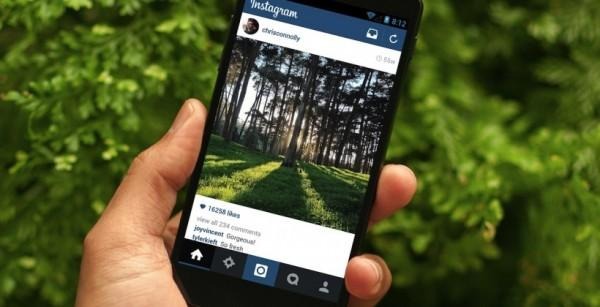Instagram Wants To Spotlight Its Citizen Journalists
Instagram is exploring ways to blur the lines between its users and the mainstream media, with the Facebook-owned photo and video sharing service hoping to enable broader reach for citizen journalists. Speaking during the Code/Mobile conference on how Instagram has been increasingly used as a way for regular people to publicize their experiences – whether that be during a civil uprising, a natural disaster, or a concert – co-founder and head of engineering Mike Krieger said the app's scope there is next in line to be emphasized.
According to Kreiger, Instagram has "a whole team" that's working on embedding citizen journalism content into mainstream news.
Exactly how that might happen is unclear at this stage, though it could involve using automated or manual flagging to highlight what photos and video were of particular note given world events at the time.
Instagram's effectiveness there has even seen it banned in some countries, such as Iran back in May.
Kreiger, who appeared on-stage with fellow co-founder and Instagram CEO Kevin Systrom, was responding to concerns that topical content was failing to be spotted more broadly than the people following a specific user.

According to the engineer, the stickiness of the service is strongly dependent on not only how frequently it shows people interesting content, but then the ways it can follow that with different perspectives without repetition.
"When people are following the right accounts and get into the system, they stay," Kreiger explained. "What's interesting is making sure that the right content is on there ... that tells a different slice of the story that youre following."
As for the increasing range of devices people are consuming their Instagram feeds are, that's a topic the company is heavily focused on, especially bigger phones like the iPhone 6 Plus.
In fact, Apple's phablet proved too much for the Instagram CEO. "I returned it," Systrom admitted, "I'm a big guy, but even that was too much."
The range of iPhone sizes is a microcosm of the overall phone market, however. "The biggest theme is there's no one-size-fits-all," Kreiger suggested.
"One of the projects we're working on now is having a better story across the board," he explained, ensuring pictures look just as good on small smartphones in the 3-inch scale as they do on something like the iPhone 6 Plus, without hammering data networks.
The Instagram office even has a special WiFi network to recreate the experience of using the app in a country with low-speed cellular networks, so that its engineers can gage whether new features might actually prove more frustrating than useful because of their data intensity.
